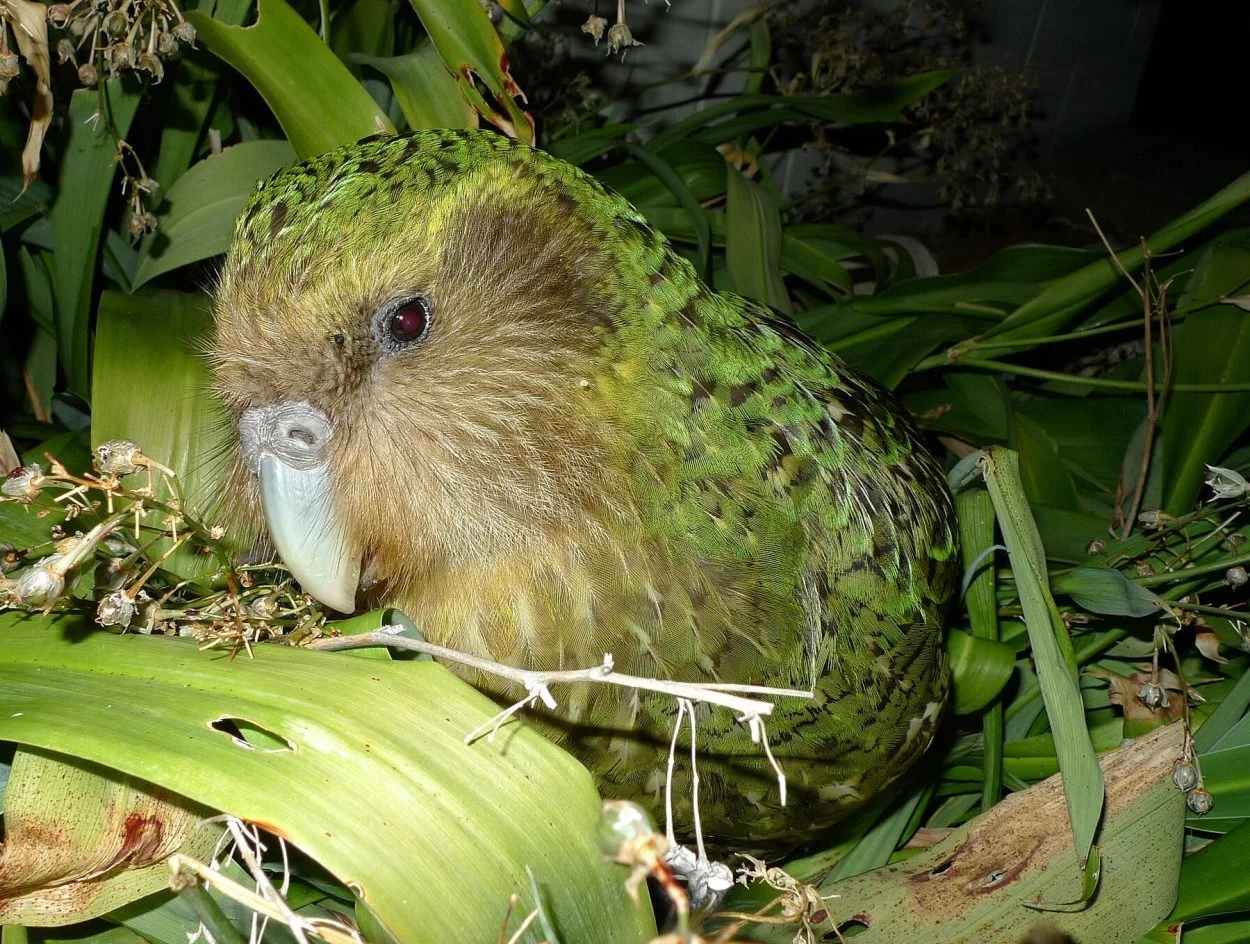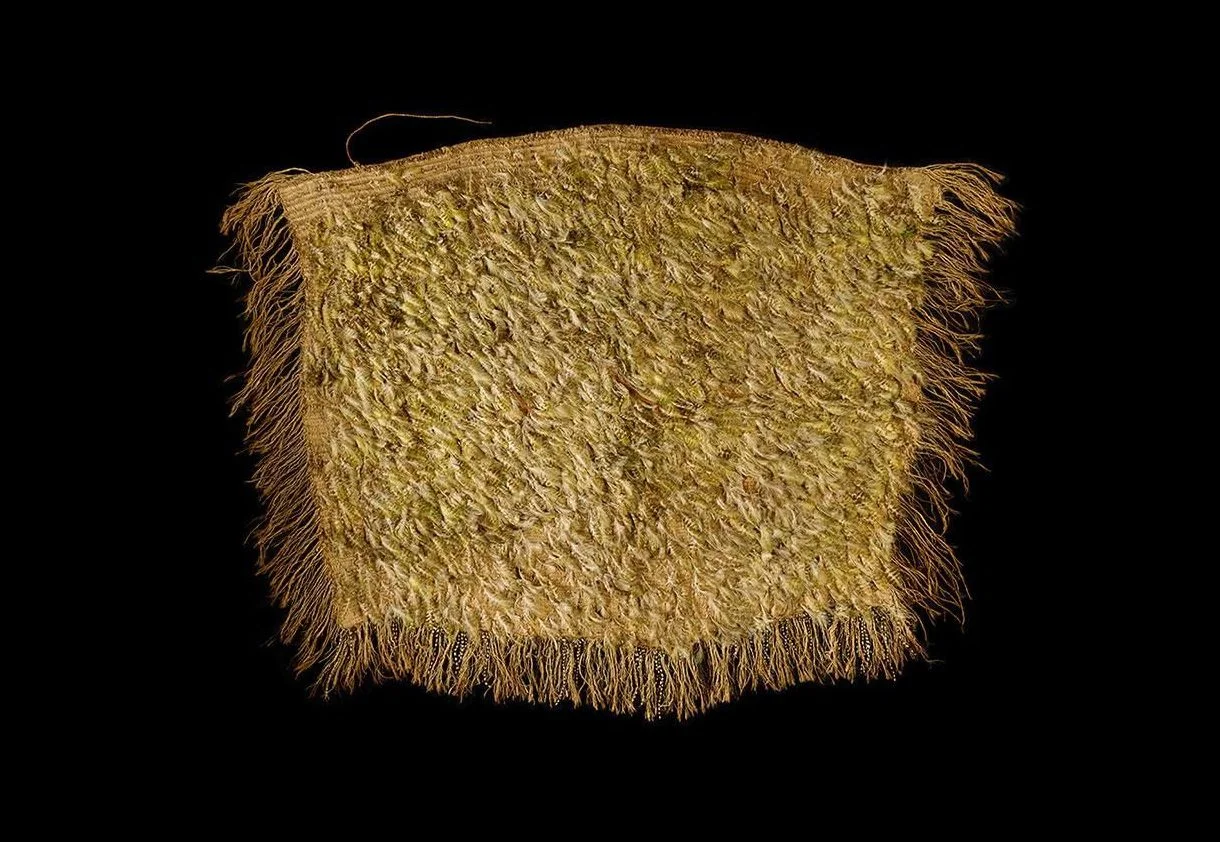A unique Māori cloak, made from the feathers of the critically endangered kākāpō has gone on public display following vital conservation work by Culture Perth and Kinross, the British Museum, and the Museum of New Zealand Te Papa Tongarewa.
The kākāpō, also known as the owl parrot or moss chicken, is a rare ground-dwelling parrot of the superfamily Strigopoidea. As of 2023, there are only 247 known living individuals of the species left in New Zealand’s islands, making the kākāpō currently under threat of extinction.
Fossil records show that before the introduction of mammalian predators by human settlers, the kākāpō was one of the most common birds across all three main islands.
Due to its inability to fly and a response mechanism of freezing when threatened, this left the kākāpō easy prey as a food source for the Māori. Furthermore, its eggs and chicks were preyed upon by the Polynesian rat or kiore, which the Māori brought to New Zealand as a stowaway.
The cloak was part of a collection of taonga (highly valued cultural heritage), which was acquired by David Ramsay, a ships surgeon who settled in Perth in 1823.

The feathers of the kākāpō had been woven into the ground weave of the cloak by their very fine, thin shafts, which according to the conservationists, provides a unique insight into the knowledge and skill of the Māori weavers in the face of European colonisation.
The team used lightweight mulberry paper to repair some of the feathers that had become bent or partially split at their shafts, and applied a colour tone that matched the feathers.
The whole process took more than 100 hours to complete.
“To get a better understanding of how the kahu may have sat on the wearer, we made a mock-up out of the padding material the cloak would eventually be supported on. While the padding material wasn’t as fine and flexible as the kahu, it allowed us to see the overall shape, and where certain elements may have sat, such as the red kākā feather near the front of the cloak,” said the conservationists.
The treatment of the cloak also provided the opportunity to contribute to a DNA research project run by experts from the Museum of New Zealand Te Papa Tongarewa as part of their wider project to conserve the kākāpō.
Header Image Credit : Trustees of the British Museum / Culture Perth and Kinross
Sources : The British Museum





